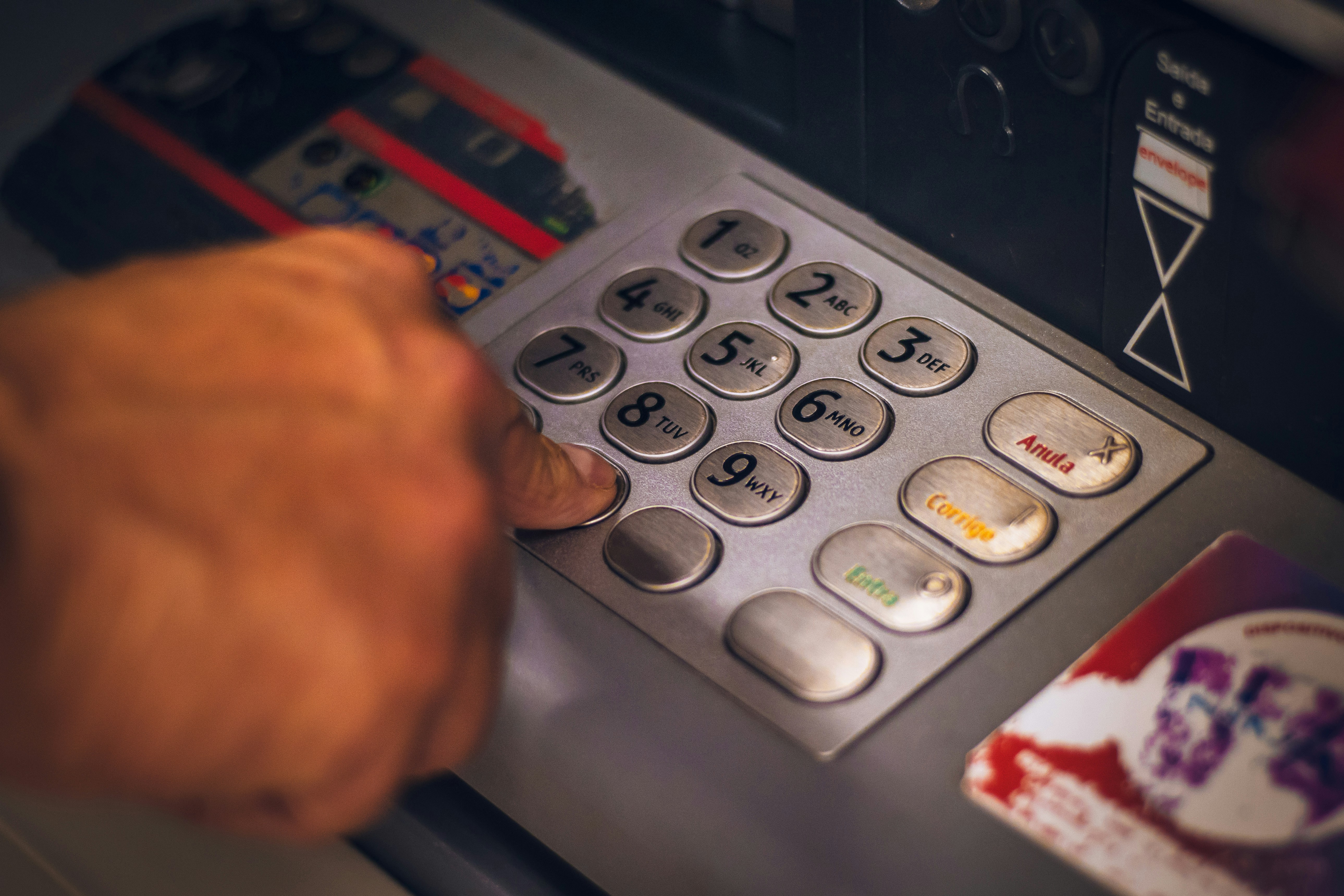Blog
Ditching Bank Balance Barry: Mastering Cash Flow Management

Are you a Bank Balance Barry? No offense to anyone named Barry, but this term refers to business owners who rely solely on their bank account balance to gauge their business’s financial health. If the balance is high, they think their business is thriving, and if it’s low, they assume it’s in trouble. However, this approach oversimplifies the complex world of finance.
The Pitfalls of Bank Balance Accounting

Using your bank account balance as the sole indicator of your business’s performance can be misleading. The fundamental issue is that it doesn’t provide insights into your cash flows, and 82% of businesses fail due to cash flow problems, not profitability issues.
Imagine this scenario: Your business shows a net profit on paper, which might look good, but it also means you’ll owe taxes on that profit. Yet, in reality, you may have little to no cash left to support your business operations. This discrepancy between profitability and actual cash on hand can lead to financial turmoil.
Moving Away from Bank Balance Barry
To break free from the limitations of Bank Balance Barry and start managing your business’s cash position effectively, consider the following steps:
1. Analyze Cash Income and Expenses:
- Review your cash income and expenses over the past 6-9 months. Focus on actual cash transactions related to revenue and business expenses, excluding loans or credit card activities. This data will provide a clearer picture of your cash position.
2. Account for Loan and Credit Card Payments:
- Identify the cash outflows associated with servicing loans or covering credit card payments each month. This is a crucial part of understanding your financial obligations.
3. Track Asset and Inventory Purchases:
- Monitor the cash flows related to asset or inventory purchases. These expenditures can significantly impact your cash reserves.
4. Record Owner Draws/Distributions:
- Keep tabs on cash withdrawals or distributions made to owners. This helps you understand the cash movement within the business.
5. Observe Cash Flow Timing:
- Pay close attention to when cash comes in and goes out. Is it consistent throughout the month, or does it follow a specific pattern? Understanding the timing of cash flows is essential for planning.

By following these steps, you can create a comprehensive map of your business’s cash flows, including expected amounts and timing. This insight empowers you to assess whether you have enough cash to meet your current obligations, make necessary adjustments, or explore opportunities to increase revenue.
Furthermore, a deep understanding of your cash position allows you to plan for larger expenses and assess whether it’s time to seek additional capitalization for business expansion.
In conclusion, it’s time to bid farewell to Bank Balance Barry and embrace a more sophisticated approach to financial management. By diving into the intricacies of your cash flows, you can make informed decisions, secure your business’s financial stability, and position yourself for growth and success. Don’t just watch your bank balance; manage your cash flow strategically.

